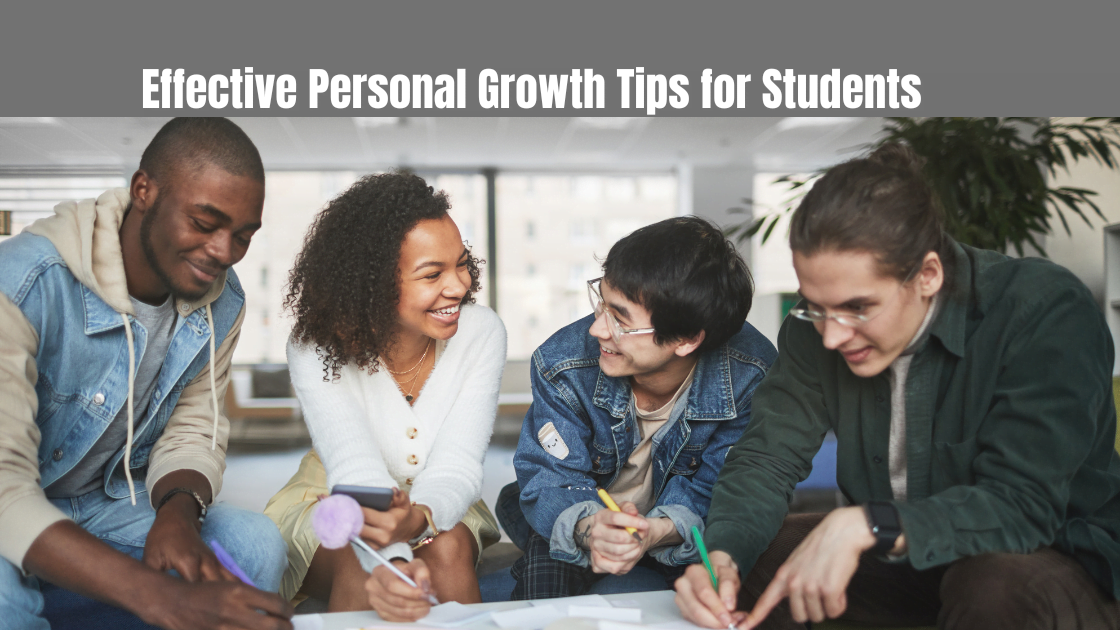s educational institutions aim to prepare students with 21st-century skills; blended learning has become an important instructional Effective Blended Learning Strategies. Blended learning combines online digital media with traditional classroom methods, requiring students to take responsibility for their education while allowing more flexibility and differentiation. With the rise of technology, blended learning offers an engaging learning model that can benefit all types of students.
What is Blended Learning?
Before delving into specific Effective Blended Learning Strategies, it is important to define what blended learning entails clearly. The Christensen Institute defines blended learning as a formal education program where students learn at least in part through online delivery of content and instruction with some element of student control over time, place, path, or pace, combined with supervised brick-and-mortar location learning.
There are three key components to blended learning. First, a portion of the instruction is delivered online through digital content or online activities. Second, students still attend a brick-and-mortar school or learning space for a face-to-face teacher or peer interaction. Third, students have some control over the time, place, path, or speed of their learning. This blended approach combines the best elements of online and traditional classroom instruction.
Designing for Blended Learning

Thoughtful instructional design is crucial for blended learning to achieve its full potential. When designing for blended learning, focus on these Effective Blended Learning Strategies:
Design to Meet Learning Outcomes
Begin by clearly outlining learning goals and how they will be measured. Map out how both in-person and online components will work together to help students meet the desired outcomes. Blended learning should enhance traditional methods, not replace them.
Remember Your Students
The requirements, backgrounds, and preferred methods of learning of your pupils are as varied as they are unique. To get this data, have students fill out surveys. Make sure that the blended activities you create are interesting, provide kids with options, allow for differentiation, and capitalize on their interests.
Create a Balanced System
Make sure that the various components of blended learning are designed to enhance and support one another. Everything you do online should have a direct correlation to what you do in class and vice versa. Make it clear how all the parts fit together to help you achieve your goals.
Make Interactive
Online material should always aim to contain interactive features such as polls, conversations, and collaborative activities. Students actively generate information through interaction, which enhances engagement. Always make sure you give people a chance to provide you with feedback.
Make Content Concise and Accessible
Keep online lessons brief since attention spans tend to be shorter in digital formats. Provide transcripts or captions for multimedia. Consider the needs of students with disabilities to ensure accessibility and equity of access.
These foundational design principles will help create a cohesive blended learning experience aligned with desired outcomes. With student-centered design, blended learning can enhance learning for all.
Facilitating Blended Learning
In addition to thoughtful design, effective facilitation is key to blended learning success. Consider these Effective Blended Learning Strategies for facilitating blended learning:
Set Clear Expectations
Communicate guidelines for online etiquette, assignment due dates, and how to get help clearly. Provide a course orientation to outline how components work together and what roles students and teachers have. This establishes structure.
Promote Active Learning
Pose questions and discussion prompts to get students interacting with content and each other. Incorporate collaborative assignments where students apply and extend their knowledge. Monitor discussions to provide feedback and clarify misconceptions.
Set Apart Assistance
Get a feel for the kids’ strengths and areas for improvement by checking in with them often. Give tailored support by way of office hours or private tutoring sessions. Assist pupils who need it most while still posing challenges to those with more advanced knowledge.
Formally Evaluate Learning
While you go, check for comprehension with surveys, low-stakes tests, reflection questions, and peer evaluation. Use data from interim assessments to make real-time adjustments to lessons and re-teach material as needed in the lead-up to final exams.
Encourage Interactions and a Strong Community
Establishing rapport and a feeling of belonging through social interaction is essential, whether it’s in the classroom or online. Inspire your pupils to help one another out in class discussions and group assignments. Learners should be known on an individual basis.
By facilitating blended learning with Effective Blended Learning Strategies, teachers can ensure students stay engaged with the content and each other. Proactive support leads to greater achievement of learning objectives.
Implementing Effective Blended Learning Strategies

Now that we’ve explored effective design and facilitation Effective Blended Learning Strategies let’s examine how to implement some specific blended learning techniques in the classroom.
Flipped Classroom
To flip the classroom, have students watch short video lectures or read articles as homework. Then, in class, use active learning strategies like discussion, hands-on experiments, problem-solving in groups, and debates to deepen understanding. This allows class time to focus on application versus passive listening.
Example: For a biology unit on cells, assign a 10-minute introductory video on cell structures as homework. Then, in class, have students work in teams to build cell models out of craft materials while labelling the parts. Followed by a debate on the functions of organelles.
Station Rotation
Set up different learning stations around the room, each with its focused task. Groups of students rotate between stations, spending a set period at each one before switching. Stations can include online tutorials, experiments, collaborative projects, and one-on-one tutoring with the teacher.
Example: For a math unit on geometry, create stations with activities like online quizzes on angle types, a hands-on station constructing triangles, a collaborative station where groups prove theorems, and a tutoring station for individualized support.
Flipped Mastery
Present new material to students through short video or text lessons to complete independently before class. Assess understanding through low-stakes quizzes and provide feedback and support as needed. In class, use active learning strategies to have students apply and extend their knowledge.
Example: For a social studies unit on ancient civilizations, assign video mini-lessons on Mesopotamia, Egypt, India and China, along with brief quizzes. In class, have students work in expert groups to teach peers about their civilization through a project, presentation, or game.
Blended learning does not have to be complex – even incorporating one strategy can enrich learning. The examples demonstrate how readily these techniques integrate across subjects. With practice and refinement, blended approaches become quite natural.
Read More: A Journey of Learning and Growth at Eastern Iowa Community College
Overcoming Potential Challenges
Any change requires an adjustment period. To ease the transition to blended learning, proactively address these potential challenges:
Technology Issues – Test equipment ahead of time. Provide alternate activities if glitches occur. Teach digital citizenship and have support staff on hand.
Student Comfort – Give guidance on time management and self-directed study skills. Provide extra scaffolding initially and celebrate progress.
Teacher Prep Time – Streamline design by reusing quality content. Collaborate with colleagues to share materials over time. Accept that the startup period requires extra hours which lessen as familiarity increases.
Fair Access – Make sure that pupils from low-income families can get the technology they need at home. Create an offline version of blended learning materials and tasks. Should the necessity arise, offer alternatives to paper.
To measure effectiveness – you can use data from accomplishments, surveys of student opinion, and formative evaluations to see what’s working and what isn’t.
It is possible to overcome these problems with proactive planning and a growth mentality. Blended implementation relies heavily on the resources and support provided by administrators. Blended learning’s advantages, when implemented correctly, more than compensate for the initial investment.
In summary
Blended learning can captivate pupils and provide them with the skills they’ll need in the modern world. Blended learning has the potential to improve conventional teaching methods when applied correctly through the use of design, facilitation, and assessment tactics supported by research. The advantages can be experienced while overcoming the unavoidable obstacles by beginning with a pilot program. To achieve the best possible learning results for students, blended approaches will keep developing through collaborative evidence-based improvement.




